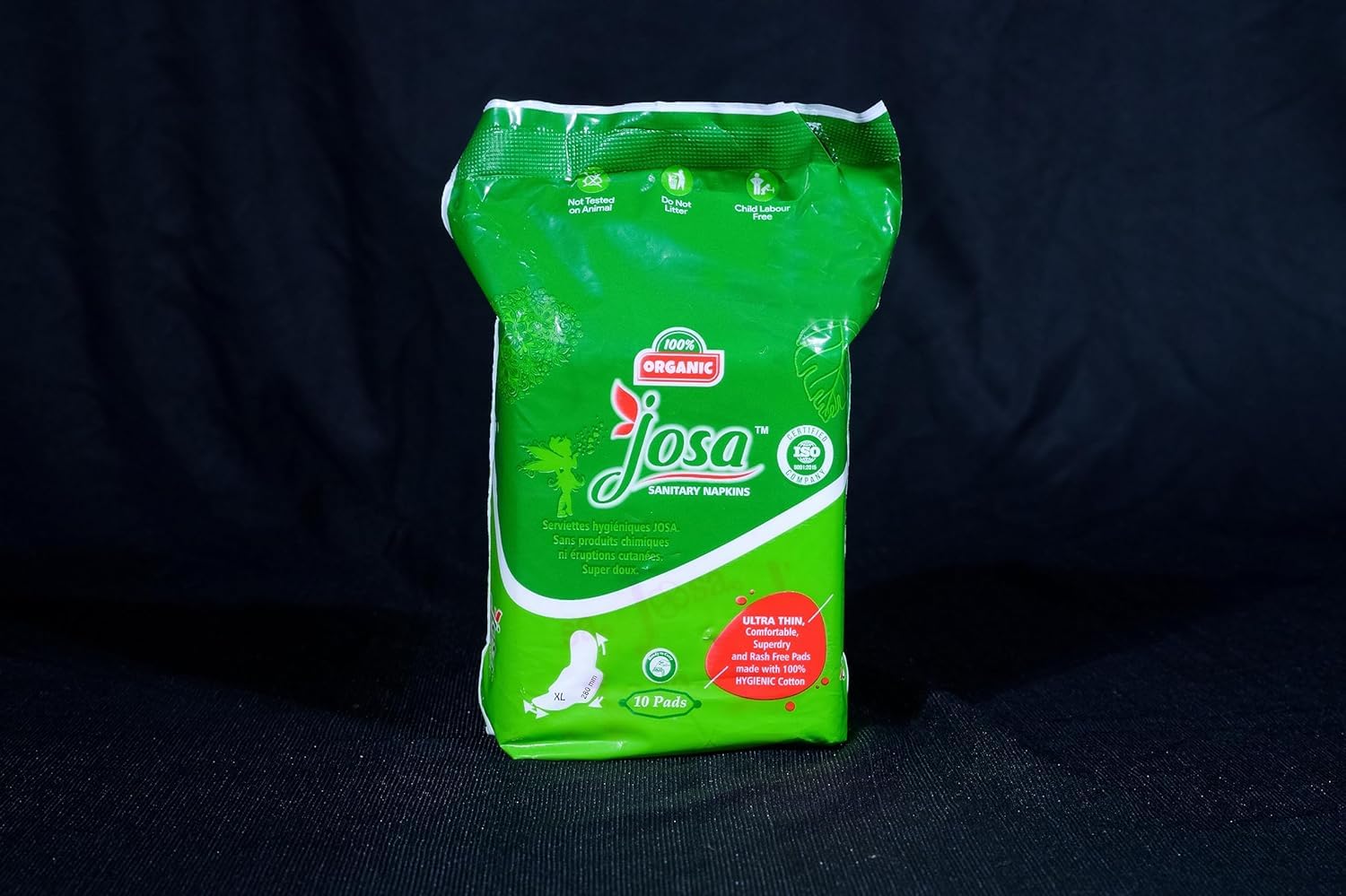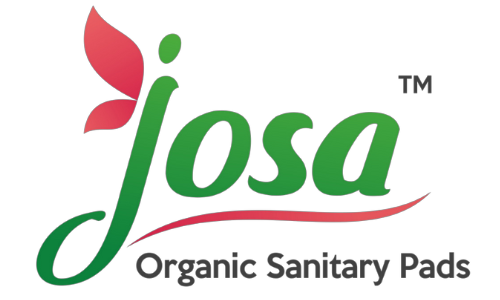Menstruation is a natural biological process that is an important component of the female reproductive system. It is frequently misinterpreted, resulting in uncertainty and stigma across cultures. However, understanding the menstrual cycle is critical for overall health and well-being. This article will look at the four stages of menstruation, explaining what happens during each one and how it affects a woman's body and emotions.
Phase 1: Premenstrual Phase
The Premenstrual Phase (Days 25–28): Preparing for Menstruation

The premenstrual phase, or PMS, occurs in the final few days before menstruation. Hormonal changes, particularly a decline in estrogen and progesterone, cause symptoms such as bloating, lethargy, mood swings, and increased desire for sweet and greasy foods.
Self-Care Tips:
Nutrition: Opt for healthier foods like avocado on toast, rich in magnesium, to ease bloating and cramps. Avoid sugary and greasy snacks.
Hydration: Drink plenty of water to reduce bloating.
Mindfulness: Practice yoga or meditation to manage stress.
Sleep: Ensure adequate rest to improve overall well-being.
Phase 2: Menstrual bleeding (Day 1-5)
The next stage is menstrual bleeding. Yes, the floodgates have fully opened, and you will most likely be uncomfortable and fatigued. This is because many ladies experience iron deficiency with blood loss. This soreness and exhaustion can be alleviated by eating iron-rich foods, as well as taking supplements and vitamin C. You can choose gentle steady-state workouts such as yoga and walking, and you should obtain enough sleep.
Phase 3: Follicular Phase (Day 6-14)

The follicular phase begins immediately after menstruation and continues until ovulation. The pituitary gland releases follicle-stimulating hormone (FSH), which encourages ovarian follicle growth. This prepares your body for a possible pregnancy.
Symptoms:
Estrogen and testosterone levels rise, resulting in increased energy, mood, and libido. You may feel more confident, assertive, and motivated, with a reduced appetite and increased willingness to take risks.
Action Steps:
Capitalize on Energy: Start new projects and tackle challenging tasks.
Leverage social strengths: engage in networking, meetings, and social activities.
Engage in Exercise: Enjoy strenuous activities like gym workouts or running.
Phase 4: Ovulation (Day 13-18)

Ovulation is the result of all the hard work your body has done over the last few weeks. An egg is discharged from its follicle in your ovary and survives for 12–24 hours.
Symptoms
Estrogen and testosterone levels peak, enhancing the follicular phase's effects. You may feel better about yourself and more confident, making it simpler to express your thoughts and emotions. Plus, your sexual drive will be at its peak.
Action Steps
This is an ideal time for job interviews, networking gatherings, and public speaking. Schedule a date night with your present partner or invite someone out! During this phase, your energy levels are at their peak, so keep up the physical activity.
Phase 4: The Luteal Phase (Day 19-23)
Following ovulation, your FSH and LH levels drop. The corpus luteum produces progesterone, which may cause skin outbreaks. You may feel lethargic and low, and your desires may be at an all-time high right now, but you can keep them under control by boosting your intake of B vitamins, which are found in whole grains, meat, eggs, dairy products, and barley. Drinking warm milk, barley juice, and eating oats and millet will help to better prepare the body. When exercising, one should take it slowly, chill down and warm up, and avoid any stressful activities!
Action Steps
Practice good self-care in the week leading up to your period, and you'll probably notice less PMS. Spending more time alone, eating healthy foods, participating in a restorative yoga class, or having stress-relieving treatments such as a massage or acupuncture can all help. Magnesium supplements can also help relieve headaches and muscle tension. Honoring your body's intrinsic need for rest during this phase enhances your ability to get more out of the active periods of your cycle.
Experience a Greater Comfort and Sustainable Period with Josa Pads.

Periods can be difficult, but Josa makes those 2-8 days a little easier. Our pads are thoughtfully designed to protect both your health and the environment. Josa pads, which are chemical-free such as bleach, chlorine, dioxin, and artificial perfumes, help avoid skin irritation and are soft on the body. Furthermore, they are completely plastic-free, making them a better choice for the environment!
By choosing Josa, you are supporting local communities because our pads are made with the help of devoted farmers and workers, improving their lives and working conditions.
We hope this series was helpful, and we invite you to share the news about Josa! Explore our new trial packs and make a difference with each period.
Experience a Greater Comfort and Sustainable Period with Josa Pads.
About Josa:

Eco-friendly menstrual hygiene solutions are the focus of Josa, a groundbreaking brand. Our pads are made with innovative technology to ensure that they are completely biodegradable and compostable. Josa pads are made from natural, sustainable materials that decompose into compost after 6 months of disposal, reducing their environmental impact.
Our objective is to guide the hygiene industry toward sustainability and accountability. Josa pads are intended to be pleasant on the body, beneficial to local communities, and environmentally friendly. We are dedicated to redefining menstrual care by developing solutions that are both environmentally friendly and the healthiest period pads.

